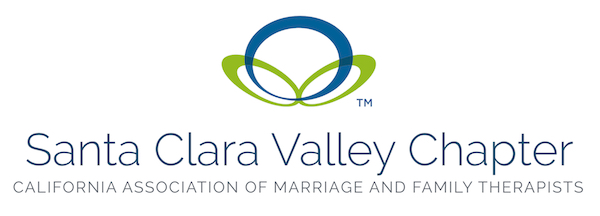As an intern with less than half my 3,000 hours completed, I can say that the whole process at times seems overwhelming. The intern experience is awful and wonderful at the same time. Three thousand hours is an awfully large amount of time, but it gives me the space to ponder about some of my most wonderful and unique intern experiences. I’d like to tell you about one of those internships that I just completed.
I have just completed an internship at the Santa Clara County Suicide and Crisis Service (or “SACS” for short). Prior to taking my 4-hour shift, I went through 80 hours of training which was very intensive, thorough but definitely worth every minute. So, before I actually sat down to man the phones, I was well prepared to handle most any situation that would come up. Of course, there is no substitute for experience. The phone experience of talking to SACS’ callers is so unique that I feel compelled to share it with you.
Talking to SACS callers has given me the opportunity to be with ‘clients’ in totally different ways from how I was trained in graduate school. Even though they are not technically clients, and I am not technically practicing psychotherapy on them, they have given me much to wonder about. One of the things that I wonder about is the anonymity of the faceless and unobservable caller. For all I know he could be wearing slovenly clothes, unshaven and smell like stale cigarettes with a smile on his face while describing the death of his beloved basset hound. Conversely, the caller might be wearing designer clothes, flashy jewelry and sitting with her I-phone by the pool outside a million-dollar mansion while sobbing about money problems. As a SACS volunteer, all that matters is what I hear the client telling me. This contradicts some of my own training: Don’t listen only to the client’s story; observe your client’s actions. This unique SACS experience makes me wonder if pure listening frees me to hear these “Invisible Clients” in different ways.
Unburdened by visual observations which may become distractions, I listened to the client’s words without prejudice. I remember one caller who was very hard to comprehend. He was rambling on and on about people following him and they were ‘out to get him’. As I was listening to what he was saying, I began to realize that some of it began to make sense. Amid his ramblings, he was able to tell me how he wanted to visit his family, but he knew that in doing so he would only embarrass them. By focusing without distractions on what he was saying and how he was saying it (using only my ears), I could actually make some order out of his verbal chaos.
Many SACS callers are people who call many times each day every day. Some of these “regulars” have been calling for years. Again, I wonder about anonymity and what it means to them. These callers know that the volunteers can’t see them thus judging them on behaviors or looks. I wonder if this frees them to talk about their situation in different ways than if they were face-to-face with the other person.
Have you ever seen a radio personality that you have only heard for a long time, and when you finally saw him you were surprised by how he looked? He was completely different from what you imagined. You might now think of him in a different light. So as I worked at SACS, where you talk to people you never see, I started to wonder about listening to people without physically observing them. Would I hear them differently if I actually saw what they looked like?
Now, I know a ‘good’ therapist does not just listen to the content, flow, quality and connectivity of the client’s speech. He also observes affect, body posture, behavior, etc. But my experience at SACS makes me wonder: What if we listen to our clients without all the distractions of body image, eye contact, affect, prominent physical abnormalities …. What if all we had to analyze was our client’s voiced story? Would we be surprised by our Invisible Client?
Submitted by,
Janice Shapiro, MFT Intern
